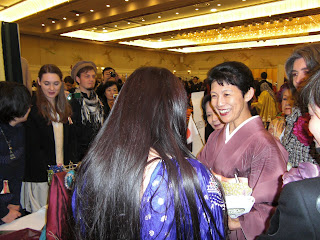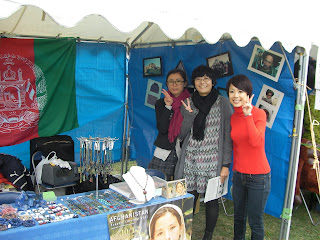The pomegranate is a very important crop to Afghanistan as they are in high demand across the world and are more profitable per kilogram than poppies. Compared to local pomegranates, the Afghan ones are much much sweeter and stronger in flavor. I feel that if given the opportunity it could be a successful product in Japan. Success of this product in Japan would lead to direct gain by the farmers which sell their fruit to Silk Road Caravan which will only add to the stability of the country.
Currently we are seeking distributors who are looking for a new healthy product with a lot of potential to be big. The image most Japanese have of pomegranates (ザクロ) is that they are sour and not easy to eat. One taste of the Afghan bred ones and they will see what they are really supposed to taste like. In addition to being easy to eat (no need to spit seeds, they are small enough to chew or eat whole), these pomegranates would be excellent for making a healthy juice drink. If any of my readers are interested in importing these pomegranates for juice or to sell whole please contact me directly through afghanblogjapan@gmail.com We are very interested in any offers.



































